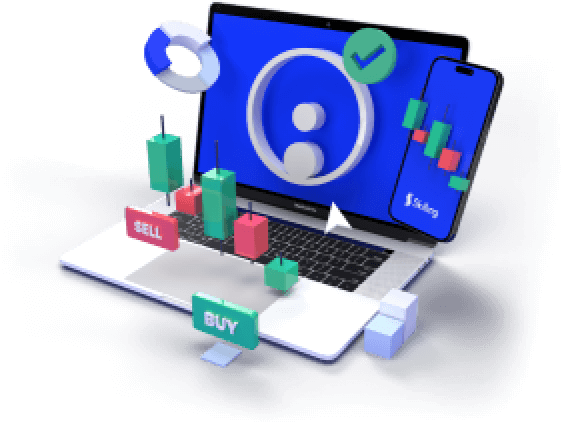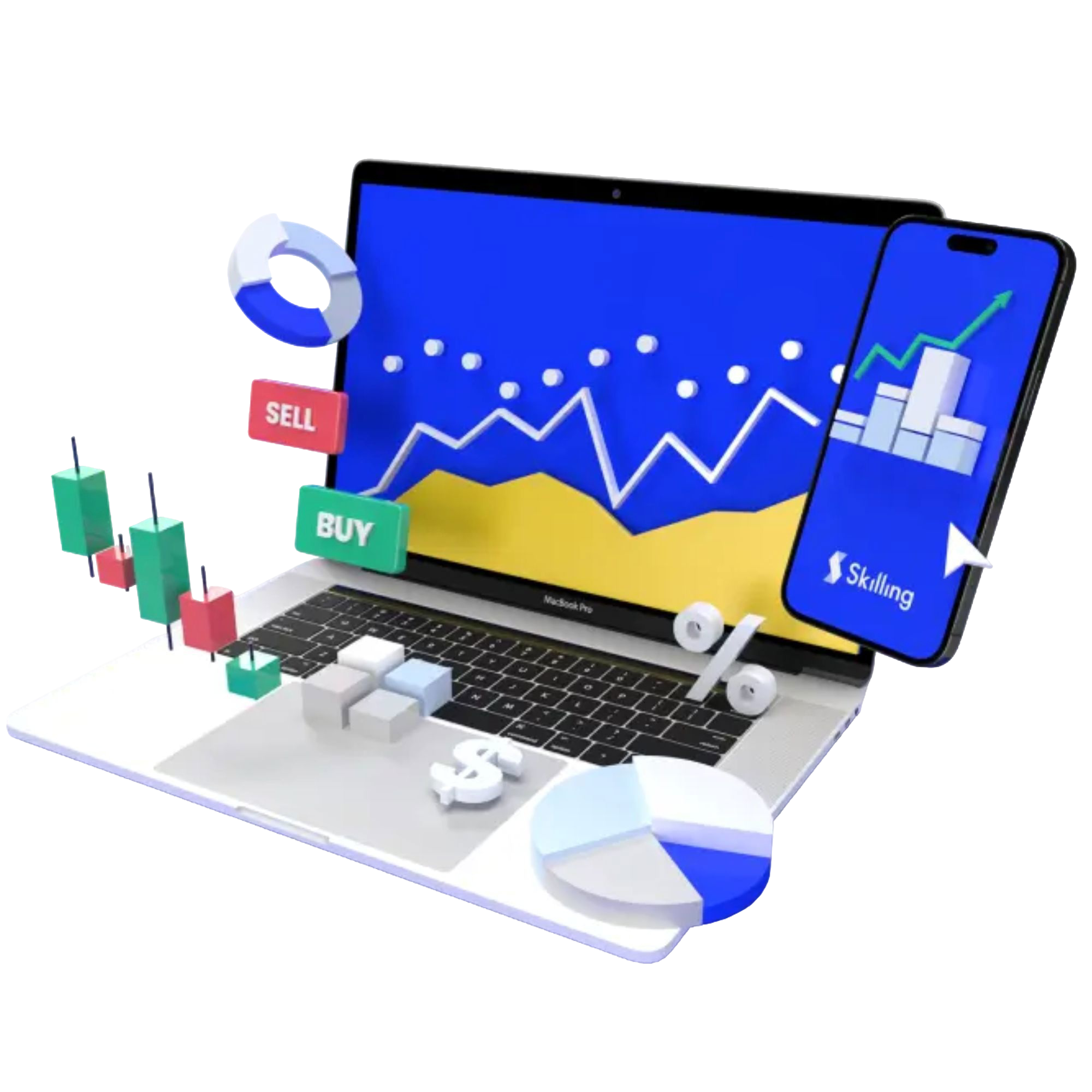
Would you rather have quick profits from many small trades or wait for a big win from a single trade? If you prefer the first option, scalping might be your trading strategy. Keep reading to learn more and how to get started.
What is a scalper in trading?
A scalper in trading makes quick trades to profit from small price changes. Scalpers enter and exit trades within seconds or minutes. They use leverage to increase the size of their trades and potential profits.
Let's use Ethereum (ETH) as an example. Imagine the current Ethereum price is $3500. As a scalper, you decide to use 5:1 leverage. This means you can control a trade size five times larger than your actual investment. If you invest $1000, with 5:1 leverage, you can trade $5000 worth of Ethereum.
Here's how it works:
- Entering the trade: You buy $5000 worth of Ethereum at $3500 per ETH.
- Price movement: The price of Ethereum increases slightly by $10 to $3510.
- Exiting the trade: You sell the $5000 worth of Ethereum at $3510 per ETH.
The price change from $3500 to $3510 is small, but because you used leverage, your $1000 investment now has a larger impact. The $10 increase per ETH on your $5000 trade means a profit of around $14.28 (for one ETH). If the price had dropped instead, you could have faced a similar-sized loss.
Scalpers repeat these quick trades many times throughout the day, aiming to accumulate small profits that add up over time. They typically use technical analysis and advanced trading tools to execute their trades quickly and efficiently, aiming to minimize risk and maximize their cumulative returns.
Risk Disclaimer: Trading involves significant risk and can result in the loss of your invested capital. You should not invest more than you can afford to lose and should ensure you fully understand the risks involved. Trading leveraged products may not be suitable for all investors.
What is scalp trading?
As you've seen, scalpers aim to capitalize on small price movements in the market by making numerous trades throughout the day, so scalp trading refers to a strategy where traders seek to profit from these minor fluctuations in the prices of assets. So scalpers essentially practise scalp trading.
Practice with a Demo Account
Try our demo account and experience real market conditions.
71% of retail CFD accounts lose money.

Pros and cons of scalp trading
| S/N | Pros | Cons |
|---|---|---|
| 1. | Potential for quick gains: You could make gains fast because you're aiming for small price movements. | High costs: Fees from frequent trading can add up, cutting into your profits. |
| 2. | Less risky: Since trades are brief, there's less chance for unexpected market changes to hurt you badly. | Stressful: It demands constant attention and quick decision-making, which can be stressful. |
| 3. | No overnight risk: You don't hold positions overnight, so you're not affected by news or events outside trading hours. | Small gains: Each trade brings small profits, so you need many successful trades to see significant returns. |
How to get started with scalp trading - steps
To get started with scalp trading, first sign up with a reputable trading platform like Skilling, who offer multiple global CFD assets to trade such as cryptocurrencies, stocks, Forex, and even commodities like coffee price and gold price. Here are the steps to begin:
Experience Skilling's award-winning platform
Try out any of Skilling’s trading platforms on the device of your choice across web, android or iOS.
71% of retail CFD accounts lose money.

- Educate yourself: Learn the basics of scalp trading and understand how markets behave in short timeframes. Resources like online courses, books, and tutorials could help.
- Choose your market: Select the market you want to scalp trade in, such as Forex pairs, cryptocurrencies, or stocks. Each market has its own characteristics and trading hours.
- Develop a strategy: Create a scalping strategy that suits your risk tolerance and trading style. This may involve choosing technical indicators, setting entry and exit points, and defining your position sizing.
- Practice with a demo account: Before risking real money, practice your strategy using a demo account provided by the trading platform. This allows you to refine your approach without financial risk.
- Start small: Begin with small trade sizes and gradually increase as you gain confidence and experience.
- Monitor the market: Keep a close eye on the market and be ready to execute trades swiftly when your strategy signals an opportunity.
- Evaluate and adjust: Review your trades regularly to assess what works and what doesn’t. Adjust your strategy as needed based on your performance and market conditions.
Summary
While scalpers aim to profit from small price movements in the market, it's important to recognize the inherent risks associated with this trading strategy. The rapid-fire nature of scalping can expose traders to increased transaction costs, heightened market volatility, and the potential for losses due to the need for precise timing and execution. Traders should approach scalp trading with a clear understanding of its complexities and risks, ensuring they have a well-defined strategy and risk management plan in place.











